It was forty-five years after the creation of Schneider Electric, known then as Schneider & Cie, that the company diversified its offering and entered the electrical market. Now, with 150 years of pioneering excellence, our expertise and industry knowledge in energy management systems and automation has helped evolve the business into a leader that is shaping the future of energy efficiency and sustainability. This milestone is not merely a marker of longevity, but a testament to relentless innovation in a rapidly changing energy landscape, thanks to the work of thousands of electrical and electromechanical engineers over time.
Here, we’re proud to take you on a journey through our history, exploring the foundational years, groundbreaking innovations, and the path we are taking towards a more sustainable future.
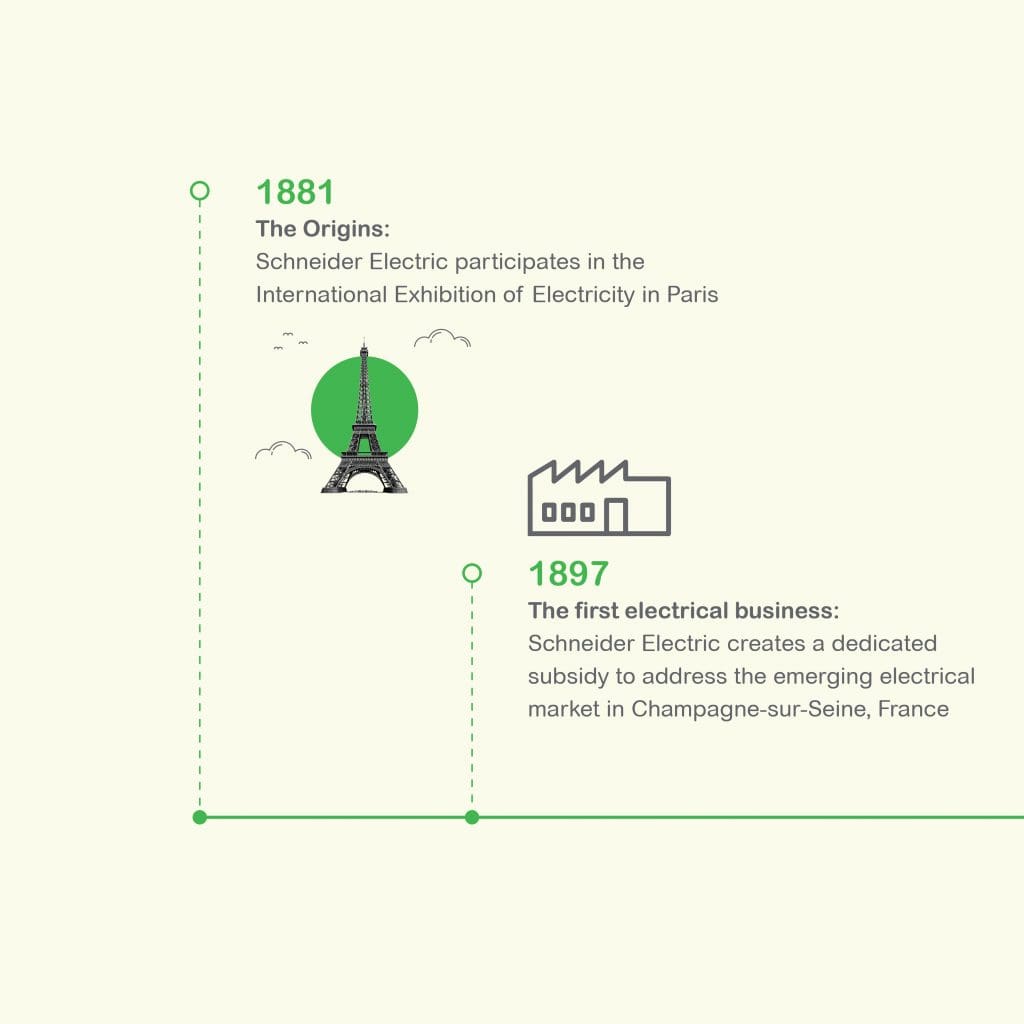
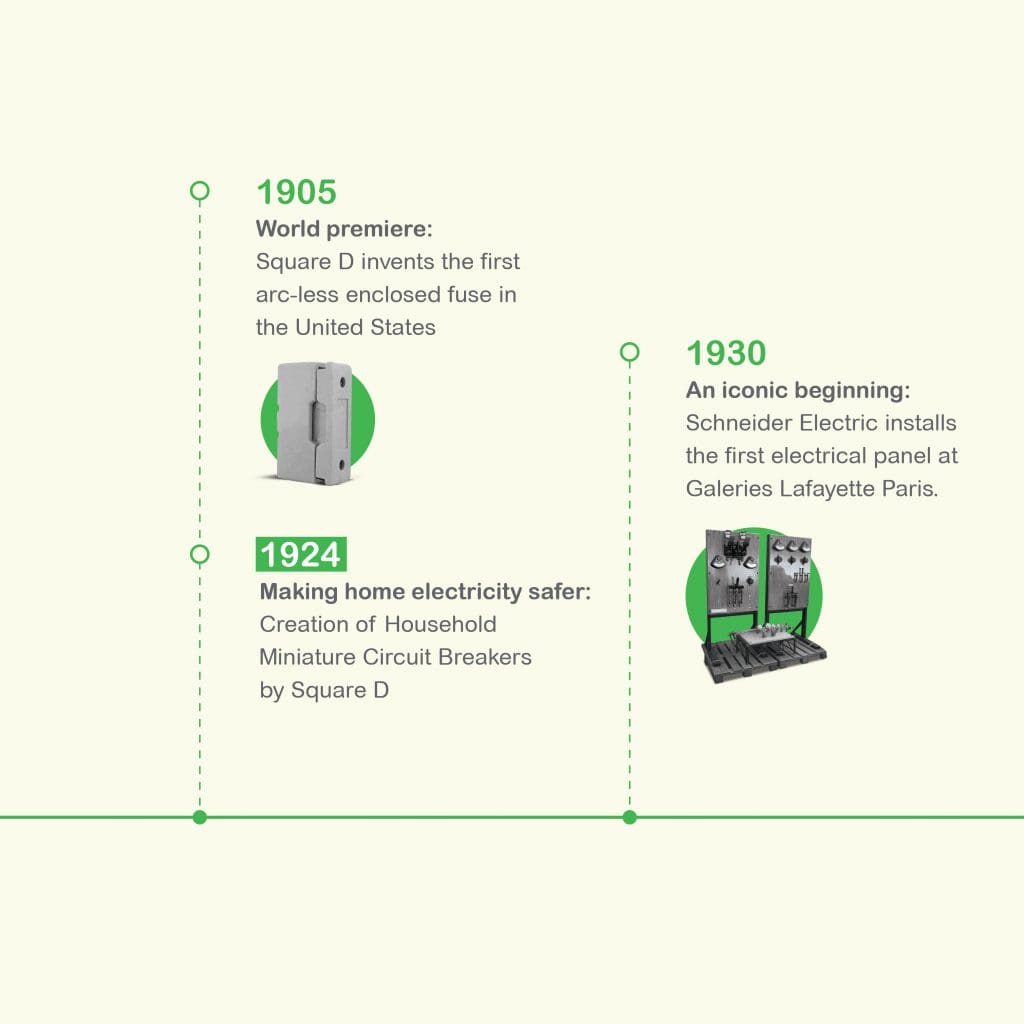
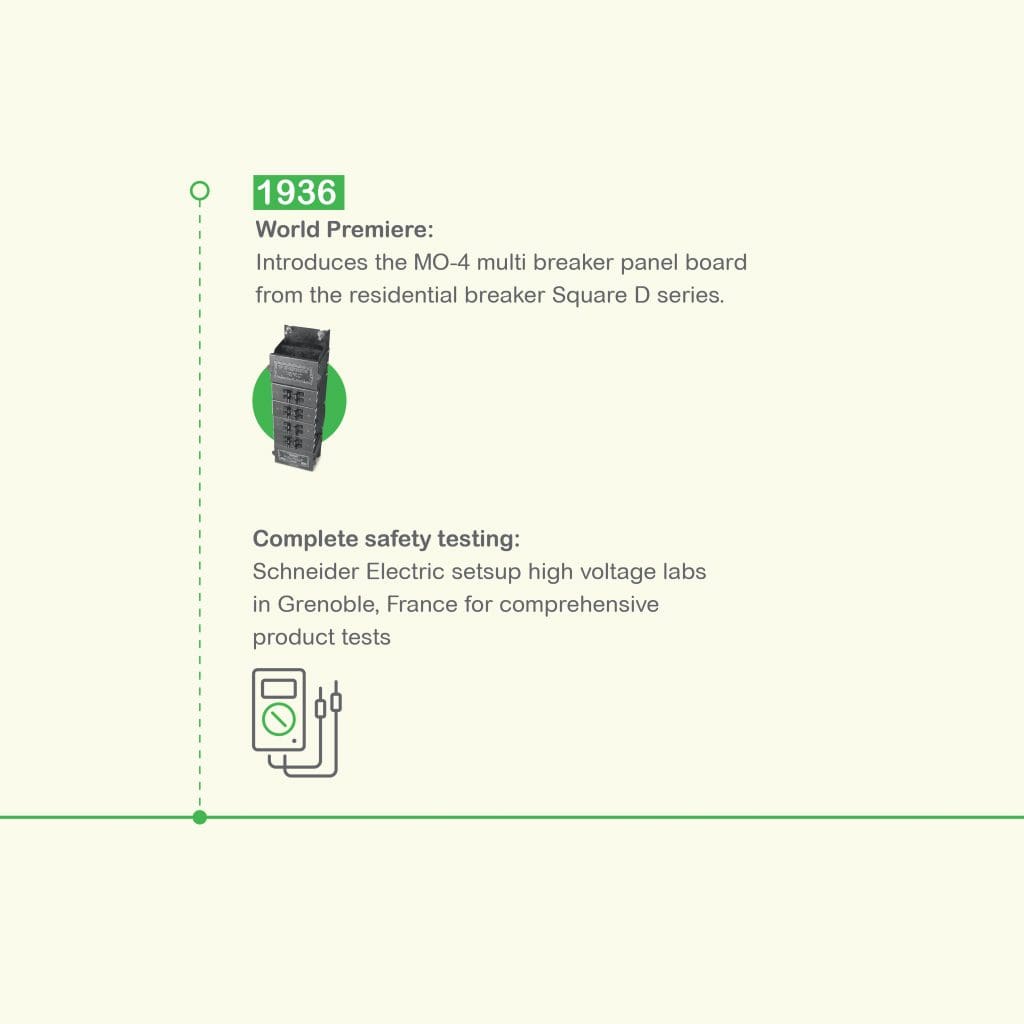
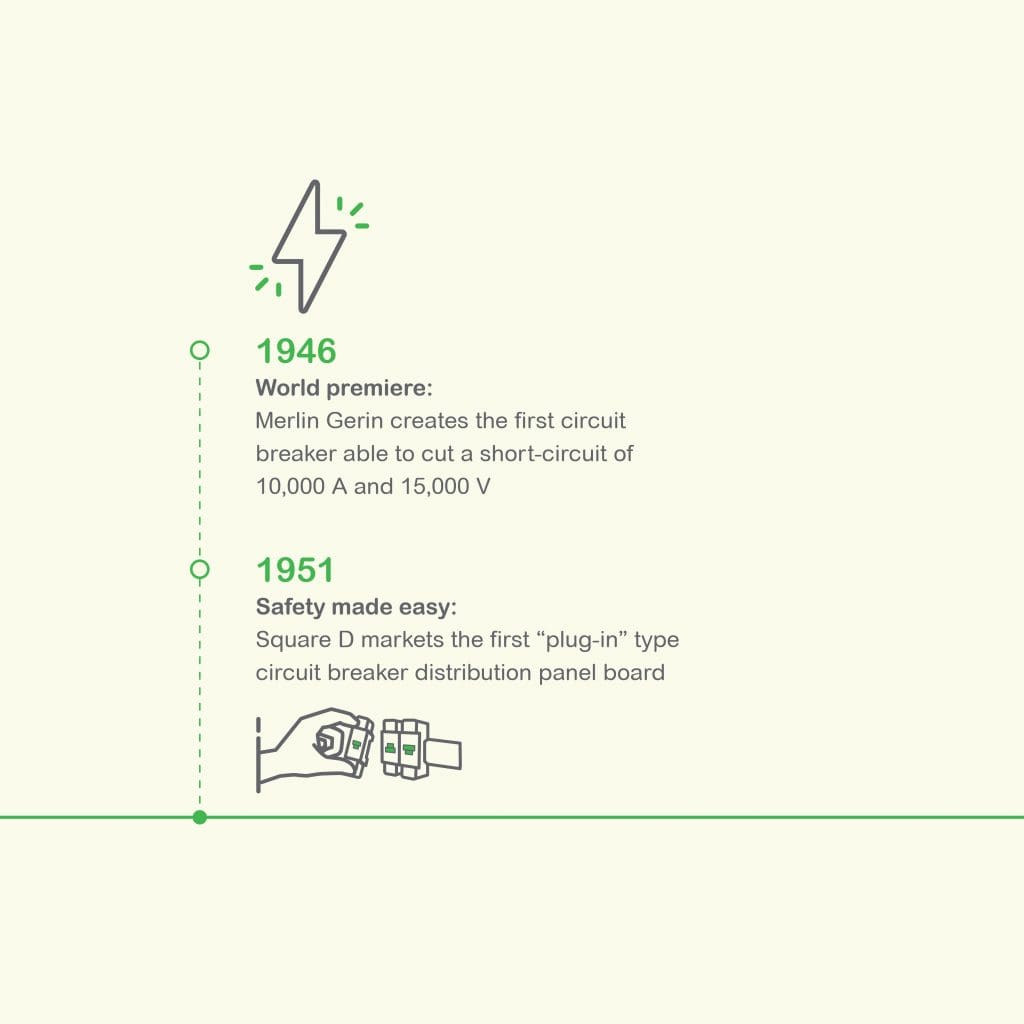
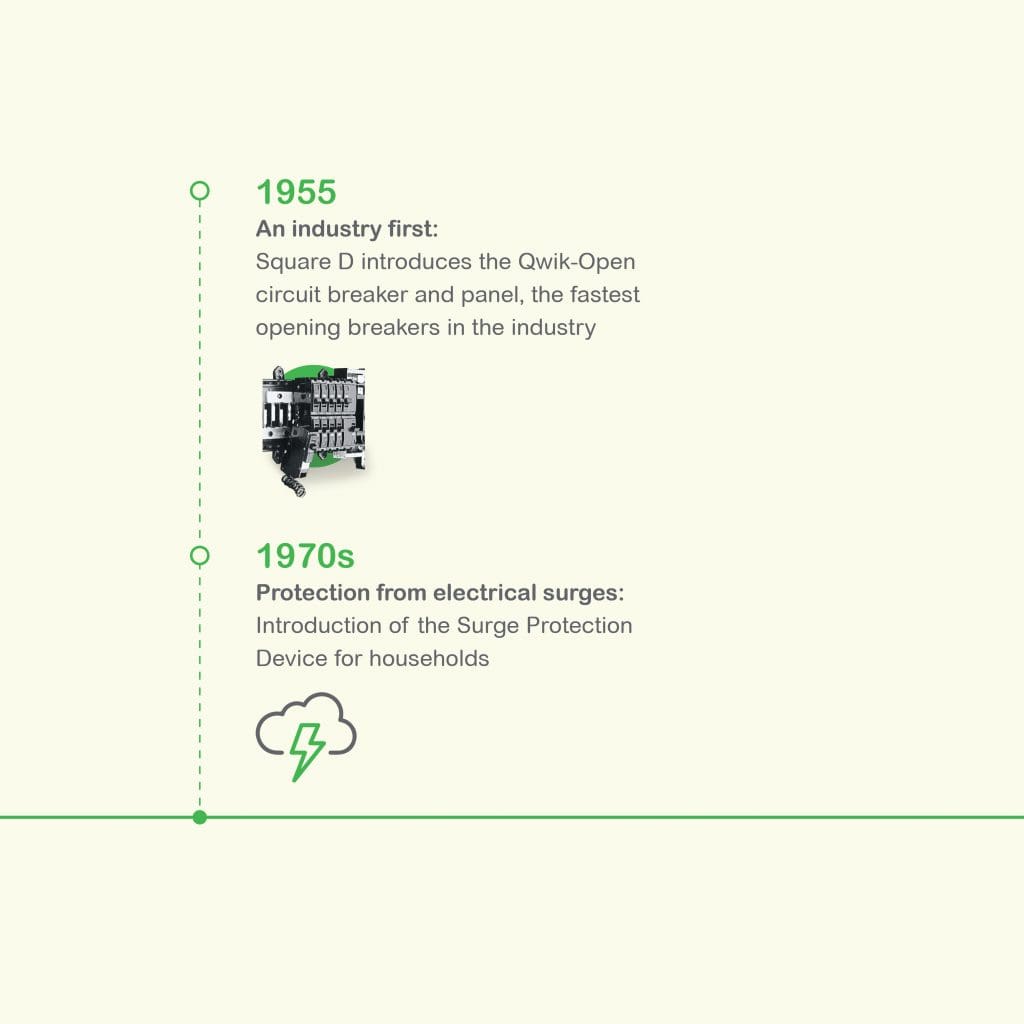
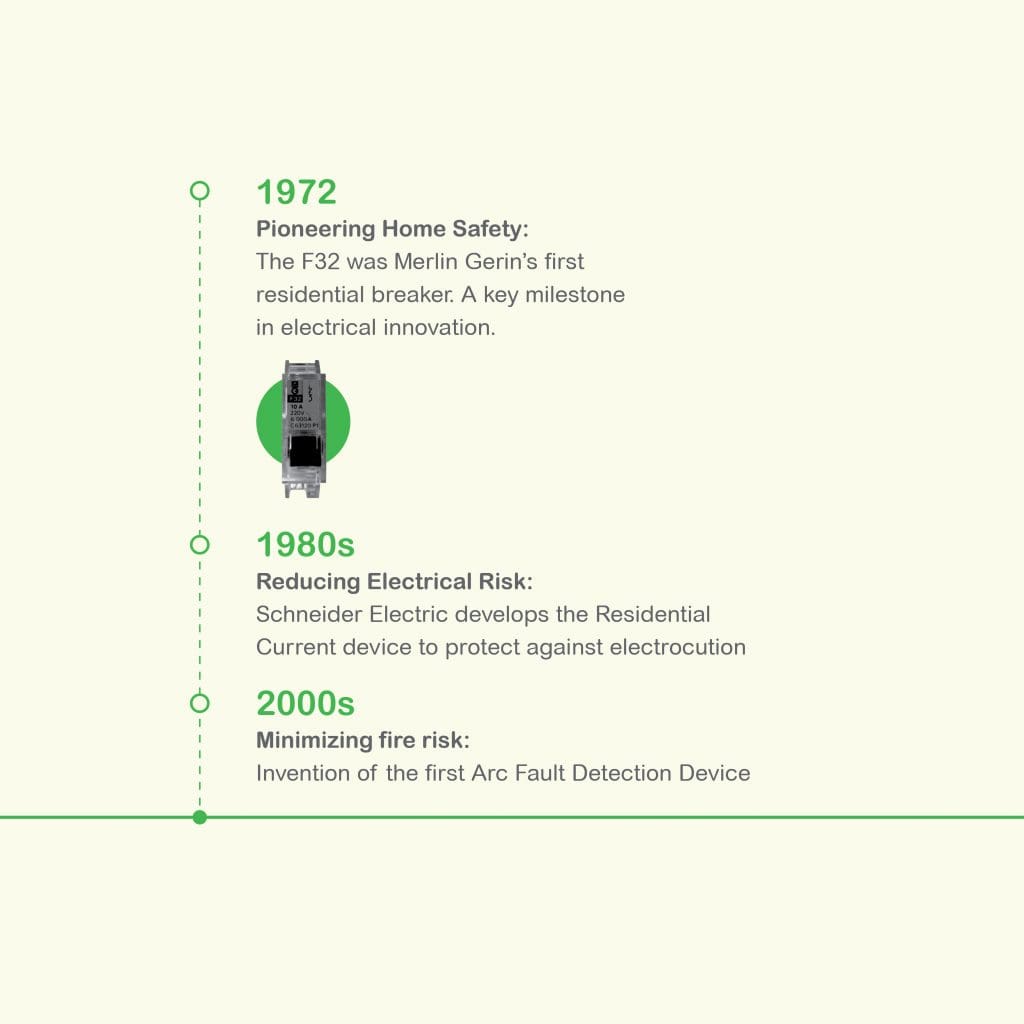
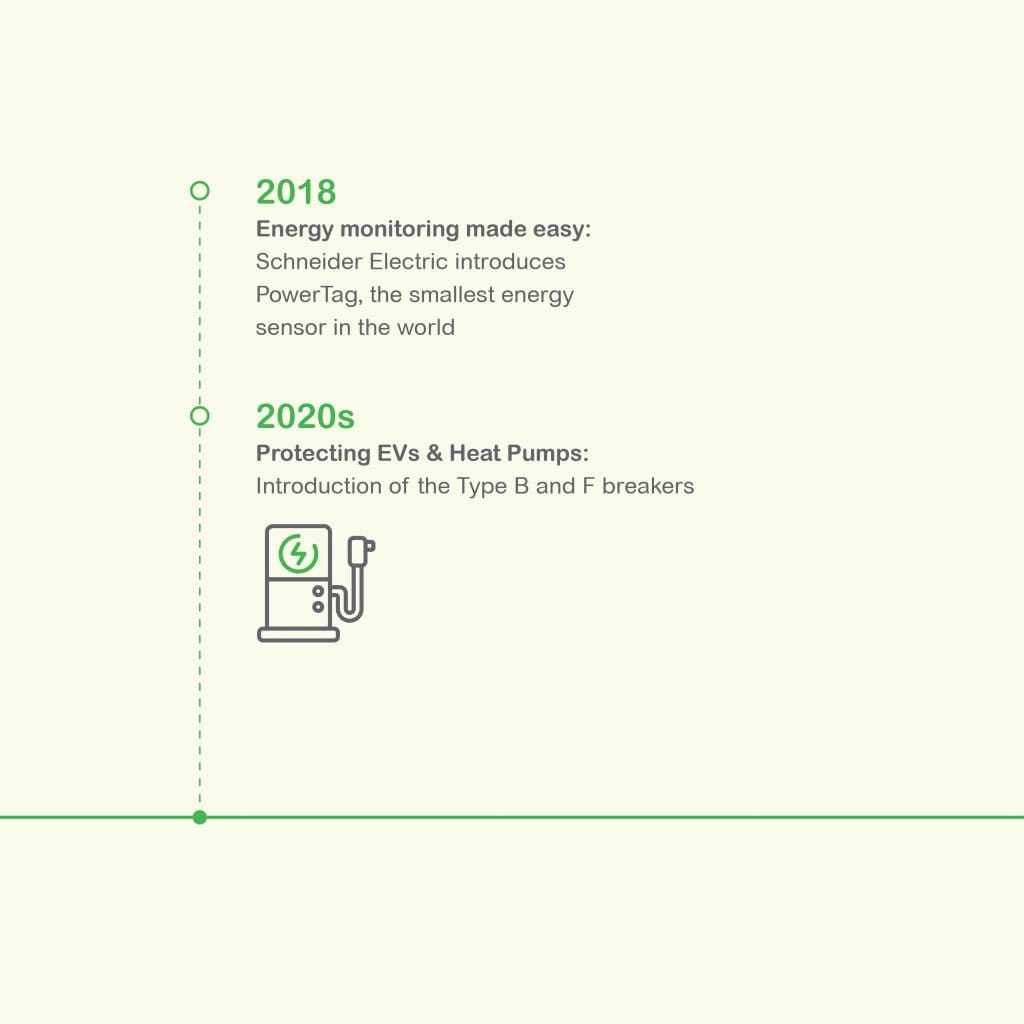
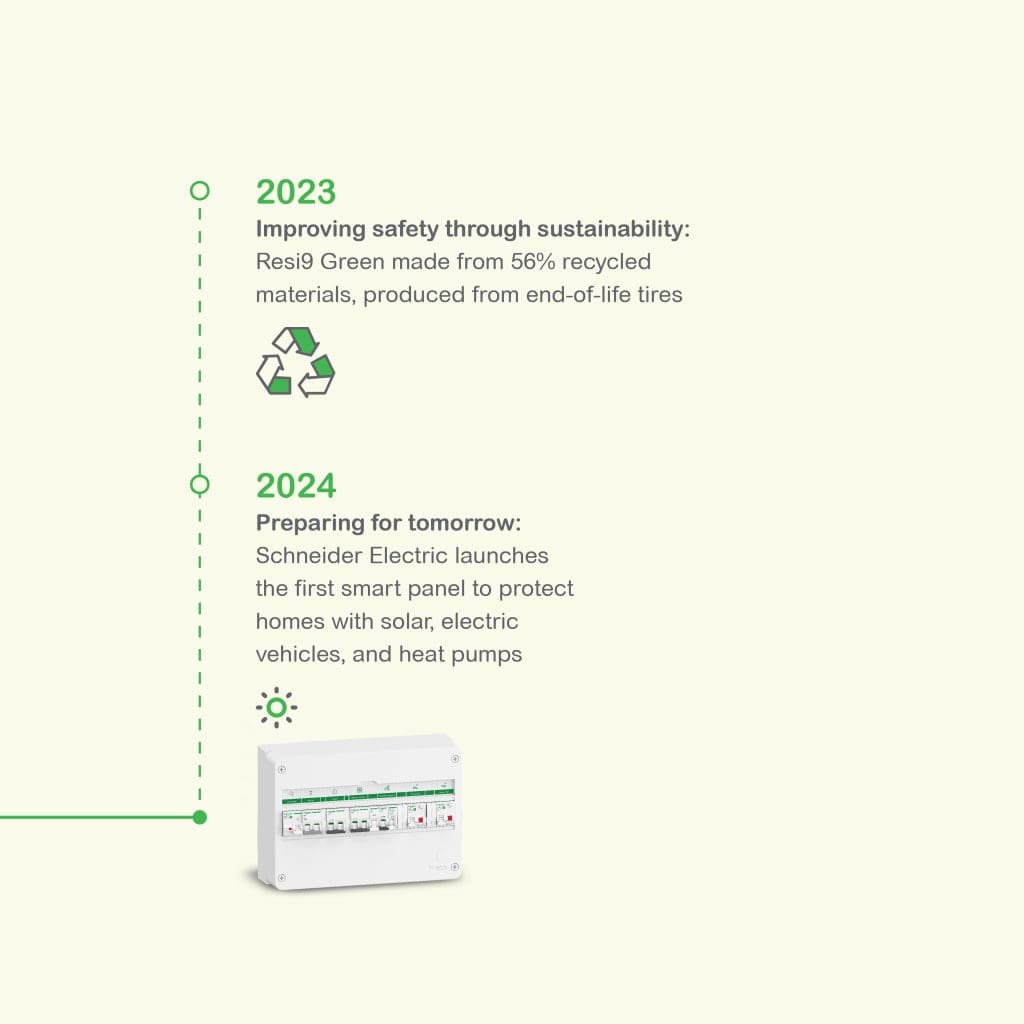
Founding and early years

Schneider Electric made its foray into the electricity market in 1881. This entrance was marked by participation in the International Fair of Electricity in Paris, where the burgeoning potential of electrical power was on full display.
Schneider Electric’s growth was significantly driven by strategic acquisitions of companies with a strong history of innovation, many of which Schneider & Cie purchased shares in from the early stages of the creation of these companies.
One of the key acquisitions was Square D in the United States, a company founded in 1895 as Detroit Fuse and Manufacturing, which became known for its innovative circuit breakers and electrical control systems. In France, Schneider acquired Merlin Gerin, a company that was established in 1919 and had become a leader in the development of electrical distribution and protection equipment, particularly known for its circuit breakers. Clipsal, based in Australia and founded in 1920, was another significant acquisition. Known for its electrical accessories and wiring devices, Clipsal has a deep history of innovation, especially in industrial and domestic electrical hardware.
These acquisitions are just some of a few that played a role in Schneider Electric’s strategy to integrate local champions with rich histories of innovation, enabling it to an expert in energy management solutions.
The involvement with these companies laid the groundwork for our deep-rooted influence in household electrical distribution.

For example, one of the most notable historical achievements is the first residential circuit breaker introduced by Square D in 1936. The Multi-Breaker and MO-4 panel board revolutionised residential electrical safety, a precursor to many innovations that would follow. This was followed by the 1951 XO circuit breaker innovation, the first plug-on breaker, making installation simpler and more efficient for electricians and DIYers. These milestones played a pivotal role in shaping the evolution of electricity distribution in homes.
Growing need for electricity
The 20th century witnessed an unprecedented surge in the demand for electricity, especially within homes. As households increasingly relied on a variety of electrical devices, the need for safe, reliable electrical distribution systems became paramount.
This period saw the rise of the electrical panel, often considered the brain of the home, which combines all miniature circuit breakers into one central place.
Despite its critical role in homes for decades, recent studies show that 41% of the new generation (18-34) are nowadays unaware of its function.
This modest box not only manages the distribution of electricity across homes, ensuring each section receives the appropriate power, but also serves a crucial function in preventing fires caused by electrical hazards.
This growing need for reliable electrical infrastructure coincided with this year’s 100-year anniversary of miniature circuit breakers, which have become indispensable in safeguarding homes from electrical faults. Circuit breakers have evolved from simple safety devices to sophisticated components that protect against various electrical hazards, reflecting our commitment to innovation and safety in the home.
Pioneering innovations in electrical distribution
This commitment to advancing electrical distribution is evident in the decades of innovation. For example, over the past century, the circuit breaker has quietly ensured homeowner safety in countless ways, many of which may not even be realised. It safely shuts off the power when water unexpectedly spills on a multi-socket extension, and it prevents overheating by cutting the power when too many devices are plugged into a single socket.

As technology advanced, so too did electrical protection. For example, surge protection devices (SPDs) now keep TVs safe during a storm—a precaution only those born before the 1980s will remember, as watching TV during a storm used to be risky. Residual current devices (RCDs) add further protection, making a relaxing bath safe even when someone uses a hair dryer nearby. They now also safeguard against fatal electrocution, protecting curious toddlers who might play with electrical sockets.
The turn of the millennium brought about the development of the arc-fault detection device, designed to eliminate the risk of fires caused by electrical faults.

We have continued to push the envelope with the introduction of PowerTag in 2018, the world’s smallest energy sensor, allowing homeowners to monitor energy consumption in real time, fostering greater energy efficiency.
Most recently, in 2023, the launch of a new version of the Resi9 breakers – made out of recycled materials — demonstrated our dedication to sustainability and reducing carbon footprints within residential electrical systems.
The future
As the world faces the dual challenges of climate change and growing energy demands, the need for more sustainable energy solutions has become crucial. The shift towards the electrification of buildings, driven by the increasing uptake of technologies like heat pumps, electric vehicles and solar panels, is reshaping how we think about energy consumption in homes. In fact, global uptake of heat pumps has surged and is predicted to nearly double its share of heating in buildings by 2030, while EV adoption continues to grow exponentially, further underscoring the need for smarter, more sustainable energy management systems.
Throughout this, at Schneider Electric we remain at the forefront of this energy revolution. Just this year we launched two key products that are transforming home energy management; the Resi9 Energy Center in Europe and Schneider Pulse in the United States, as part of the Schneider Home system. Both innovations offer cutting-edge circuit breaker technology designed for modern energy needs.
The Resi9 Energy Center introduces a safer electrical protection for houses installing EV chargers, solar panels and heat pumps. This small electrical panel works in a tandem with the existing electrical panel, making it the perfect choice for renovation projects.
On the other side of the Atlantic, the Schneider Pulse, a future-ready smart electrical panel. Built to seamlessly integrate with more complex loads, such as solar power, battery storage, and EV charging, it provides homeowners with a flexible system that can adapt as energy demands change. This panel not only makes homes more resilient and energy-efficient, but also simplifies the process of managing energy usage, giving users control through an intuitive interface.
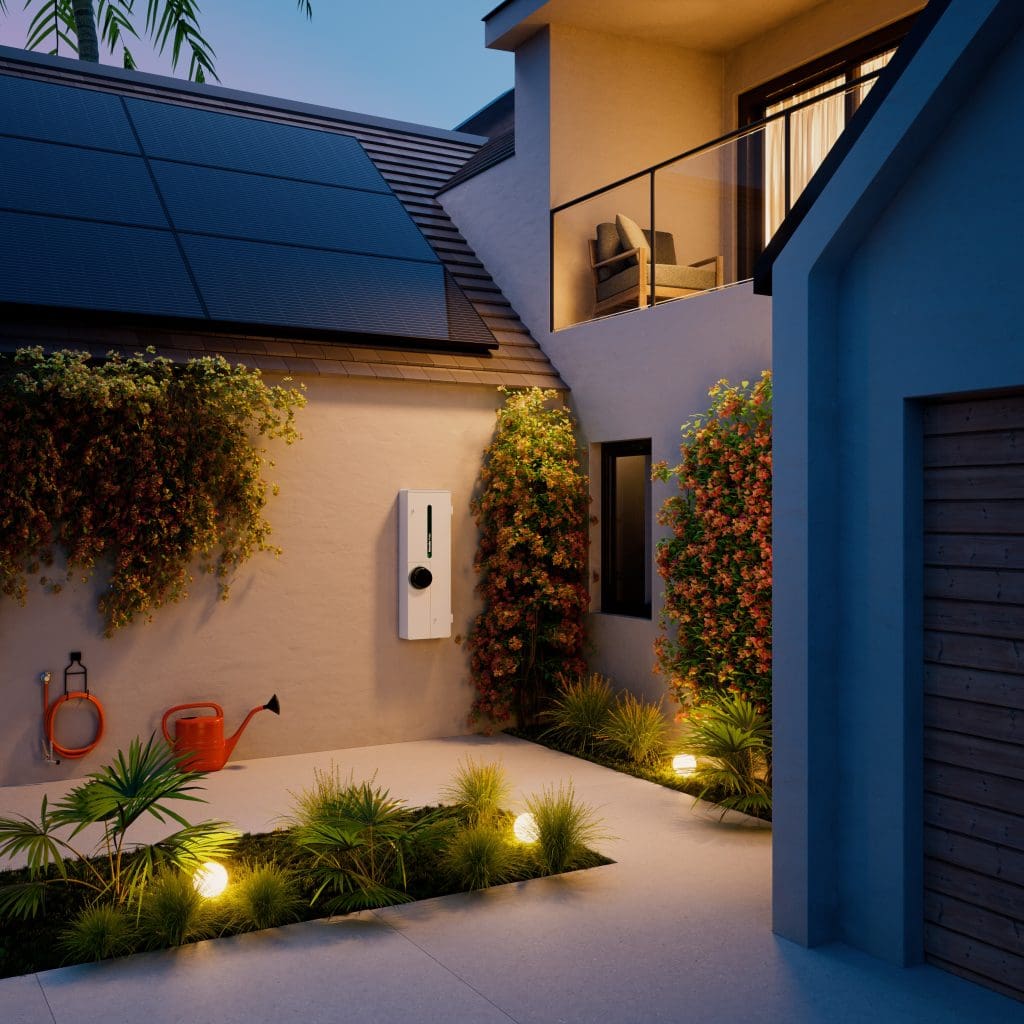
Both Resi9 Energy Center and Schneider Pulse are seamlessly managed using Schneider Electric’s Home Energy Management app, which ties everything together. It empowers consumers to manage their energy consumption more effectively through a single app, where they can monitor, control, and automate their energy resources. By prioritising key appliances during outages and reducing overall energy costs, it offers a comprehensive, user-friendly solution to managing home energy.
These innovations highlight Schneider Electric’s commitment to simplifying energy management for modern households, moving beyond traditional circuit breakers to integrated, smarter energy solutions. Read here to see our vision for the future of electrical distribution.
And it is not just our products that are helping to create a more sustainable future. Our IMPACT values shape how we operate as a company to reduce our carbon emissions and minimise the impact we have on the environment. As such, we are very proud that our energy management systems are part of the solutions that made TIME magazine name us the World’s Most Sustainable Company in 2024.
Our 150-year legacy is a story of continuous innovation, adaptation, and commitment to excellence. From the early days in the electricity market to our current role in leading the transition to a sustainable energy future, we have consistently set the standard for safety, efficiency, and sustainability in electrical distribution. As we look to the future, our legacy serves as a reminder of the critical role that energy management plays in our daily lives and the potential it holds for creating a better, more sustainable world. Know more here.



Add a comment